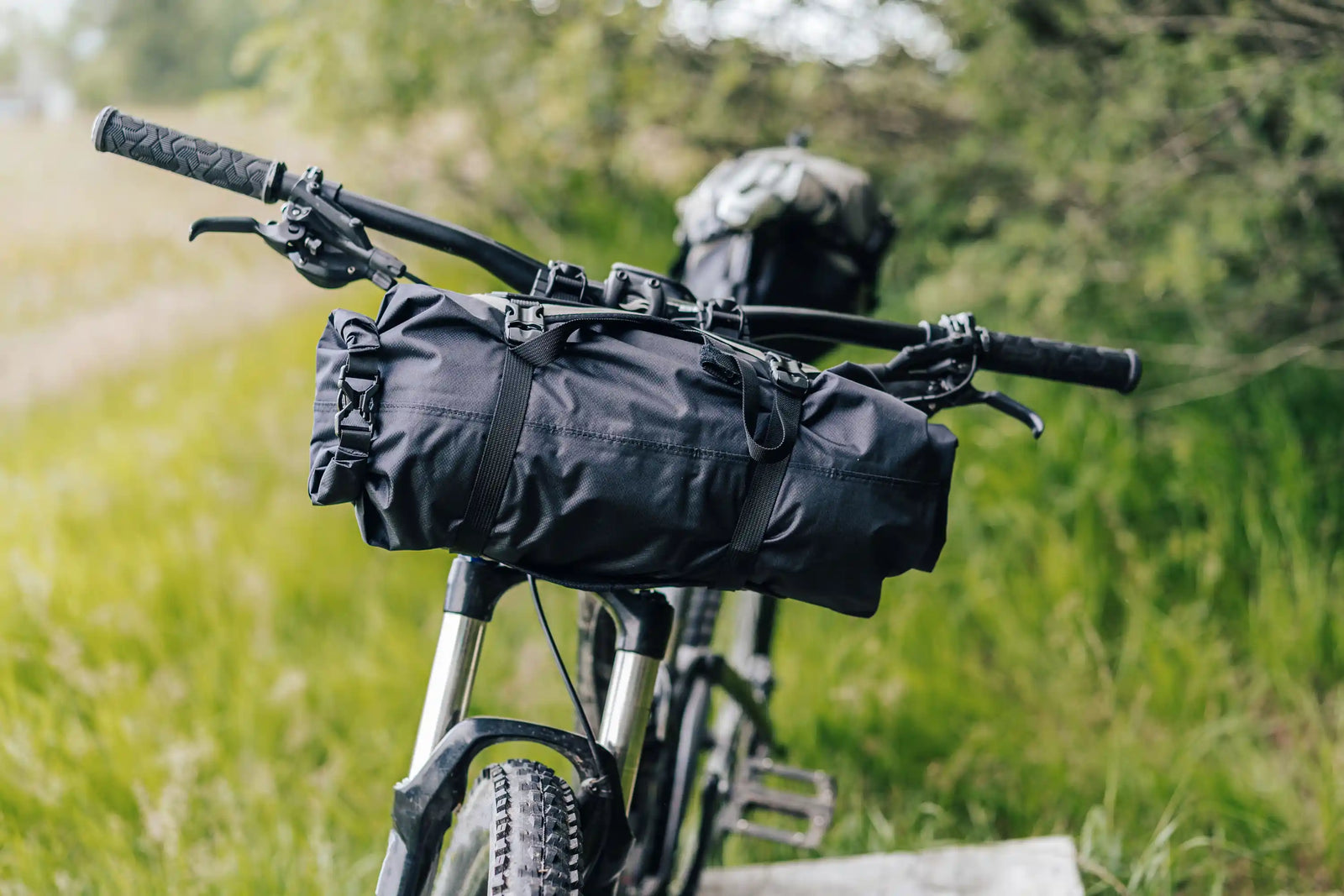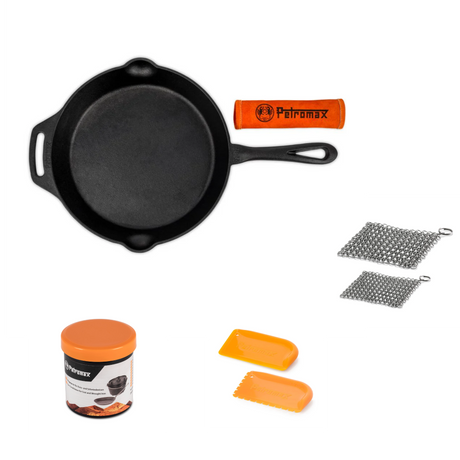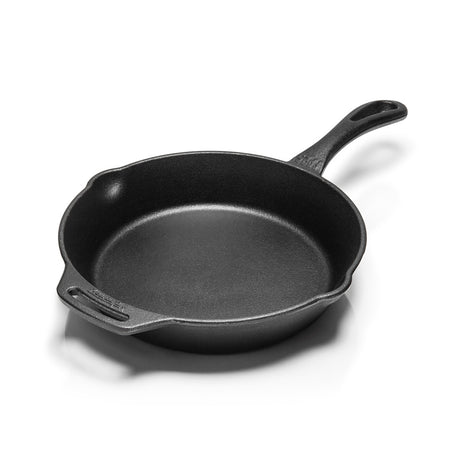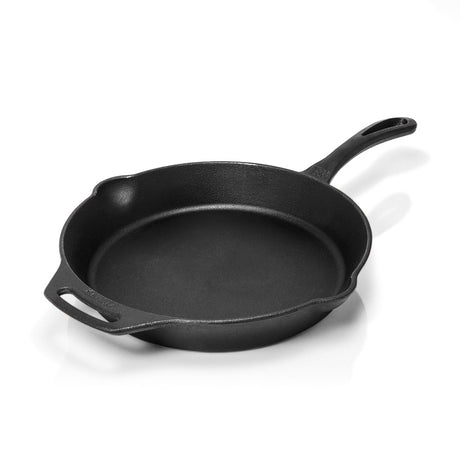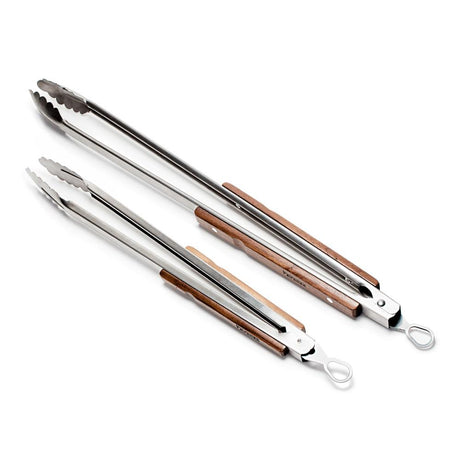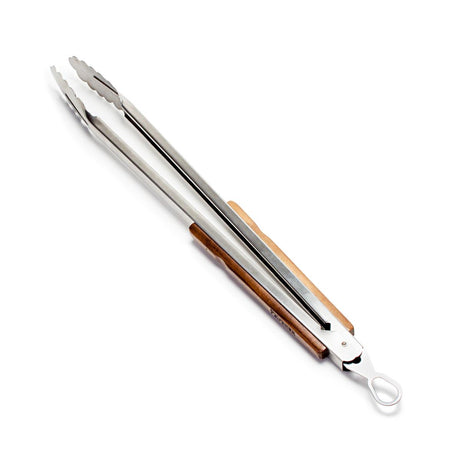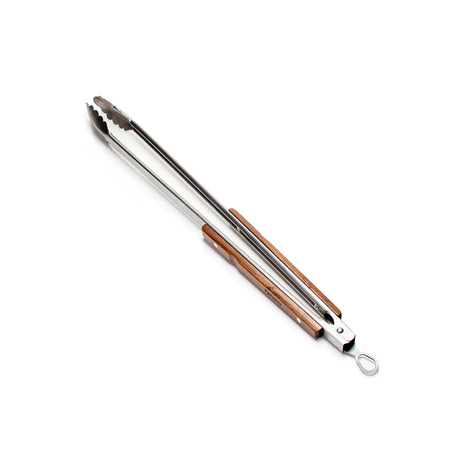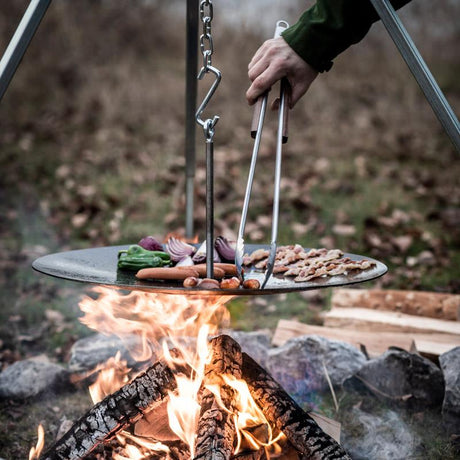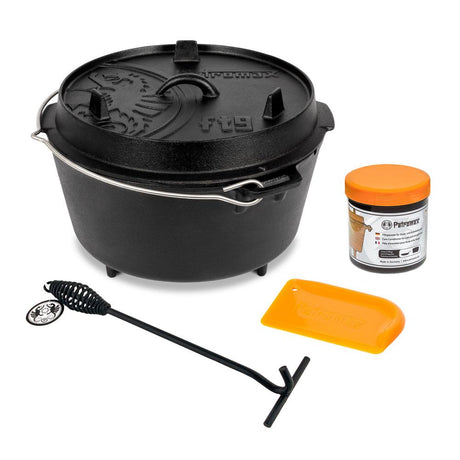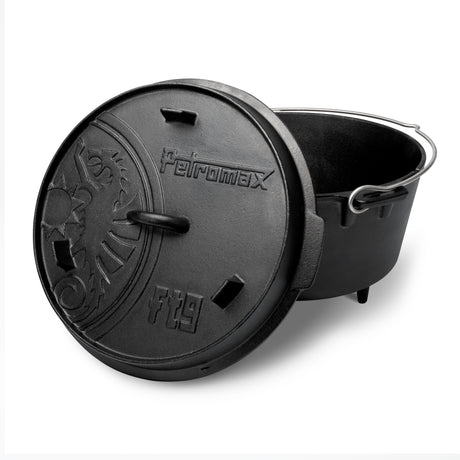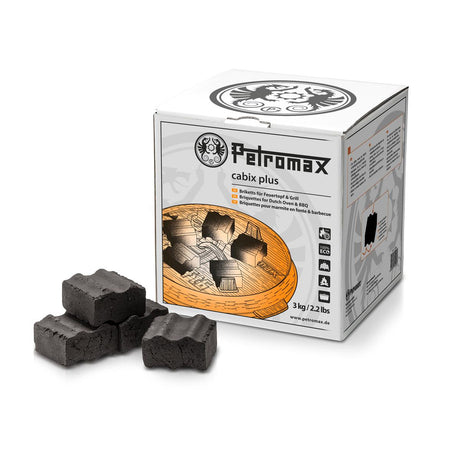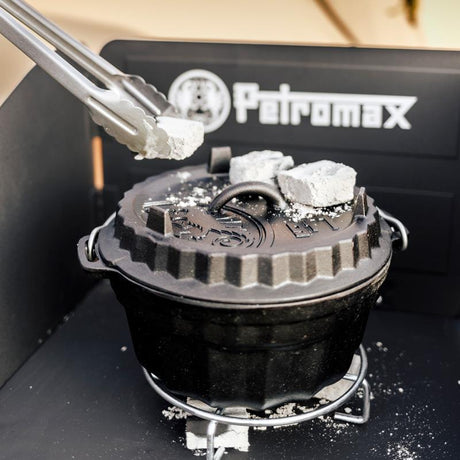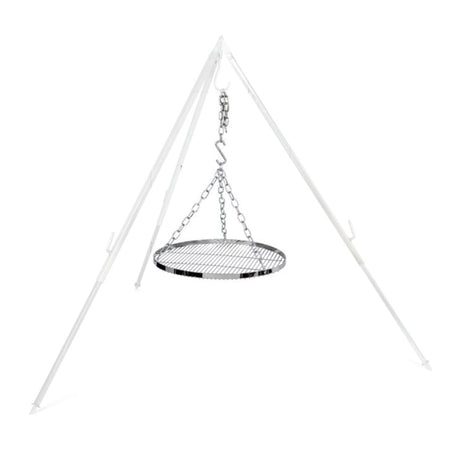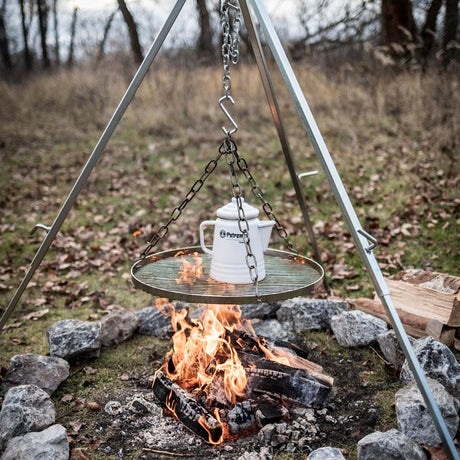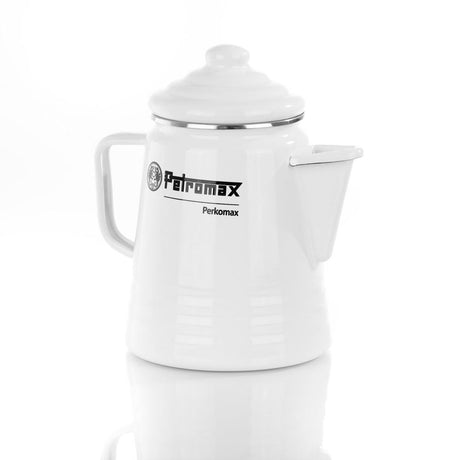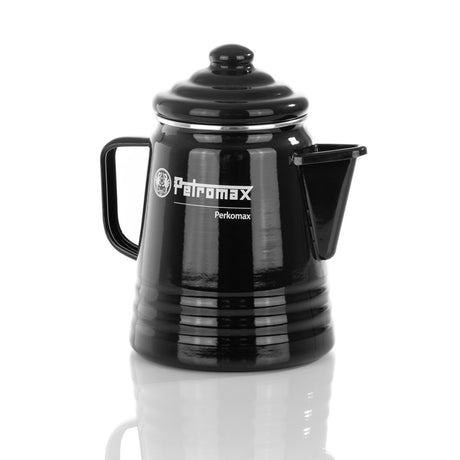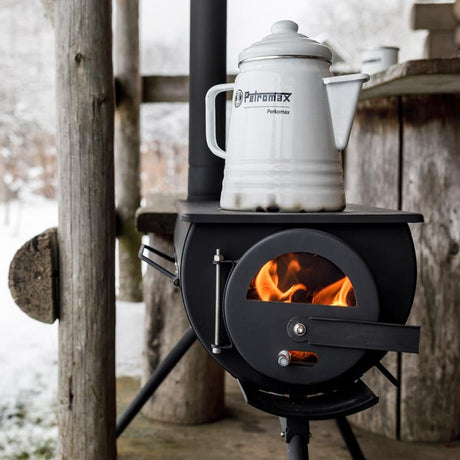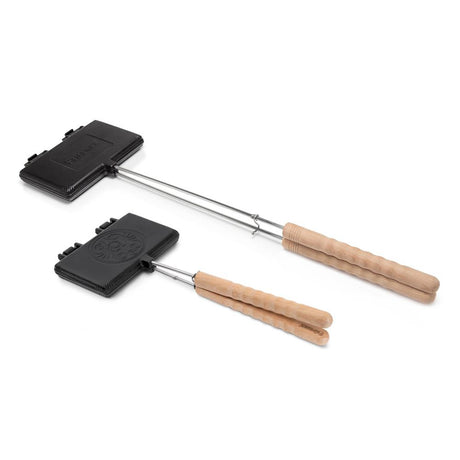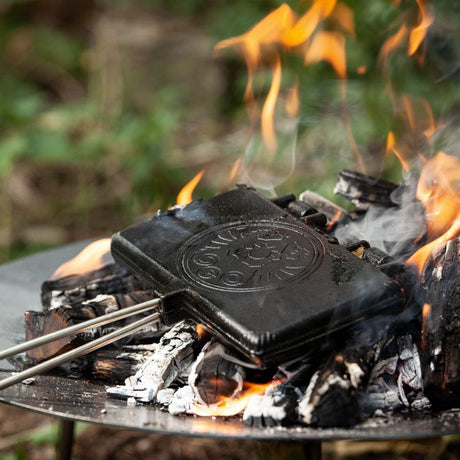Two bikes, a tent and the horizon in front of you - that's what bikepacking is all about. Whether it's a weekend trip through the Harz Mountains or a multi-day bike trip along the Elbe: camping by bike means freedom, minimalism and a real experience of nature. Want to know how to start your first bikepacking adventure? Then you've come to the right place.
Table of contents
What is bikepacking and why camping by bike?
What equipment do I need for camping by bike?
How do I pack my bike properly for a bike trip?
Which campsites are suitable for cyclists in Germany?
Which cycle paths and routes are ideal for camping tours?
What do I need to bear in mind when wild camping by bike?
How do I prepare for my first cycle tour as a beginner?
Conclusion
What is bikepacking and why camping by bike?
Bikepacking is the modern form of bicycle travel: light, flexible and right in the middle of nature. In contrast to classic bike tours with hotel accommodation, bikepacking combines cycling with spending the night in a tent. This means that you virtually carry your home with you and decide spontaneously where your next overnight camp should be.
The advantages are obvious: you are independent, travel in an environmentally friendly way and experience nature from a completely new perspective. No check-in, no timetable - just you, your bike and the trail. At the same time, bikepacking is a conscious decision for minimalism: you reduce yourself to the essentials and sharpen your eye for the little things along the way.
Another plus point: While you often just rush past in a car or train, on a bike you can feel every hill, smell the woods, hear the birds and take in your surroundings much more consciously. The combination of movement and nature has a decelerating effect. You move at your own pace, get out of the daily grind and into the silence. And all this with pure muscle power on two wheels.
What equipment do I need for camping by bike?
If you're going camping by bike, you need to be able to pack well - after all, everything you need has to fit on your bike. That's why it's particularly important that your equipment is light, compact and functional.
Here are the basics you shouldn't forget under any circumstances:
- Tent: Your mobile home. It should be light (under 2 kg), pack down small and be able to withstand a rain shower. Make sure it is well ventilated and quick to set up and take down.
Sleeping bag: Depending on the season, you will need an appropriate temperature range. In spring and fall, 3-season sleeping bags are ideal.
Sleeping pad: For comfort and insulation against the ground cold. Lightweight, self-inflating models or inflatable ultralight mats are particularly popular.
In addition to the sleeping set-up, you will need compact cooking equipment - such as a gas stove, a small pot set and lightweight cutlery. A water filter is helpful if you want to use natural water sources while on the move. A first aid kit, headlamp, tools and repair kit are also essential.
- Compact cooking equipment (e.g. a small gas burner and pot set)
- Water filter or drinking system
- Multitool, repair kit, spare inner tube
- Headlamp, hygiene kit, first aid kit
👉 Here you can find suitable outdoor equipment from Petromax
Efficient packing not only saves space, but also ensures more riding fun. Tips for organizing your luggage can be found here: 👉 Packing your rucksack correctly
How do I pack my bike properly for a bike trip?
A well-packed bike is easier, safer and simply more fun to ride. It is not only important that you have everything you need with you, but also that the weight is well distributed. There are two main systems: the classic pannier rack with panniers or the more modern bikepacking setup with special bags that are attached directly to the frame, handlebars and saddle. The latter is particularly popular for off-road riding as it is more compact and streamlined.
There are two main approaches:
-
Classic with pannier rack: Stable, lots of storage space, slightly heavier
- Bikepacking bags: Minimalist, streamlined and ideal for off-road tours
A mix of both variants is worthwhile to start with. The saddle bag is usually used for light items such as clothing or a sleeping bag. The handlebar bag often has space for a tent or sleeping mat. The frame bag is ideal for tools, provisions or power banks, while a small bag on the top tube keeps snacks, cell phone or sunscreen handy.
Important bags at a glance:
- Saddle bag: clothing, sleeping bag, light items
- Handlebar bag: tent, sleeping mat or jacket
- Frame bag: tools, snacks, water filter
- Top tube bag: cell phone, map, sunscreen
Particularly important: The total weight should be evenly distributed, as central and low on the bike as possible. Fastening heavy loads only at the rear makes the bike unstable and difficult to control. And: All bags should be firmly attached so that nothing wobbles or slips - especially on gravel or forest paths.
The weight distribution should be balanced so as not to have a negative impact on handling. Heavy items should be placed as centrally and low as possible on the bike.
👉 Practical on the road: Bicycle belt for 8 liter cooler bag
Which campsites are suitable for cyclists in Germany?
If you prefer not to camp in the wild, there are plenty of campsites in Germany that are ideal for cyclists. We particularly recommend campsites with the Bett+Bike certification - They guarantee secure storage facilities for bicycles, drying rooms for wet clothing, tools for small repairs and flexible arrival times.
Many of these sites are located directly on well-known long-distance cycle routes and offer special areas for tent travelers. You will often find natural pitches on meadows, sometimes even with a view of the lake or forest. And if you need a little more comfort, many sites also offer huts or sleeping barrels for overnight stays.
👉 Discover here the 10 most beautiful campsites in Germany
Which cycle paths and routes are ideal for camping tours?
Germany has an excellent network of cycle paths that are perfect for multi-day tours with overnight camping. For beginners, flat, well-signposted routes are particularly suitable, such as the Weser Cycle Pathwhich stretches around 500 kilometers from Hann. Münden to Cuxhaven. The Elbe Cycle Path which starts in the Czech Republic and finishes in Cuxhaven, is also a popular choice - it offers varied landscapes, cultural highlights and many camping options along the route.
If you love the sea, the Baltic Sea Cycle Route From Flensburg to Usedom, there are some spectacular stages along the coast. In the south, the Altmühltal cycle path with idyllic river landscapes, cliffs and charming villages.
- Weser cycle path: flat, well signposted, many campsites
- Baltic coastal cycle path: sea breeze included
- Elbe cycle path: perfect for beginners
- Ruhr Valley cycle path: Varied, urban and green
When planning, you should pay attention to the following points: How many kilometers do you want to cycle each day? Are there enough campsites along the route? How challenging is the terrain? GPS tracks and apps such as Komoot or Outdooractive are particularly helpful to help you navigate along the way.
👉 Further tips: Planning the perfect bike tour
What do I need to consider when wild camping by bike?
For many bikepackers, wild camping is the icing on the cake of adventure: alone in the forest, in the open air, surrounded by nature and silence. But in Germany, spending the night in the great outdoors without a permit is legally problematic. In most federal states, it is forbidden to camp outside designated areas. However, there are gray areas and regions where wild camping is tolerated - especially if you arrive late, leave early and don't leave any garbage behind.
The Scandinavian model of Everyman's Rightwhere camping in the countryside is expressly permitted, does not apply in this country. Especially in nature reserves and on field or forest paths wild camping is strictly prohibited. If you still spend the night outdoors, you should be considerate and discreet: no open fires, no groups, no noise, no tracks.
👉 You can find out what is allowed and what is not, but above all where what is allowed, in our detailed guide: Wild camping in Germany
How do I prepare for my first bike trip as a beginner?
The following applies to anyone traveling by bike and tent for the first time: start small and build up slowly. Good preparation is crucial to avoid any nasty surprises along the way. Above all, this includes physical training. You don't have to be a top athlete, but a certain basic level of fitness will help you to cope well with longer stages, even with luggage.
Our tips for a successful start to your adventure:
- Training: Start with short distances and slowly increase the distance
- Test your equipment: set up your tent, cook with the burner - try everything out in advance
- Test tour: An overnight stay in the surrounding area helps to identify breakdowns or bad purchases early on
- Emergency planning: first aid kit, telephone numbers, offline maps
In addition to physical preparation, your mental attitude is also important. Don't plan too ambitiously, but allow yourself breaks, detours and spontaneous changes. Bikepacking is not a competition, but an experience. And if something goes wrong: That's part of it.
👉 Must not be missing: First aid kit for outdoor activities
And above all: be flexible, stay relaxed and enjoy being on the road. Bikepacking is not a race - it's an experience.
Conclusion
Whether you're rolling through the woods, riding along the river or waking up in the morning with dew on your tent - Camping by bike is an experience you won't forget. With the right preparation, light equipment and a love of nature, you'll be well prepared. Now it's time: Climb up, set off and feel the freedom!
